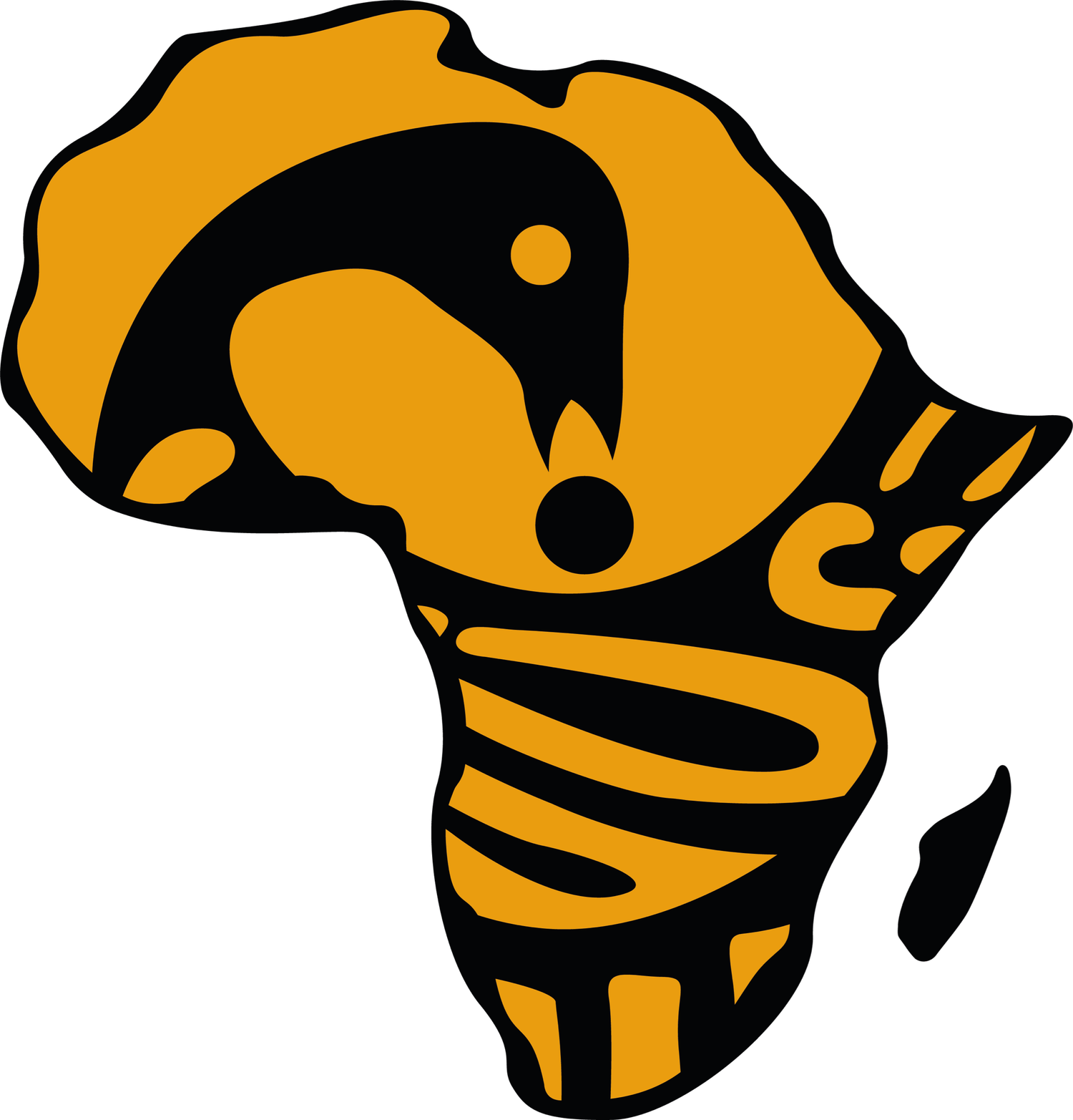Early Kemet
Click here to download this lesson in slideshow format
Welcome to The Nile Valley Level 1, Lesson 3: Early Kemet
In this lesson, you will learn about:
How Kemet was able to develop
Who the pharaohs were
Some major figures in Kemetic history
Kemetic spiritual beliefs
Burial practices
Objectives
By the end of this lesson, you will understand:
Who founded Kemet
What the term “dynasty” means
Who built the first pyramid
Who built the Great Pyramid of Giza and the Great Sphinx
The names of some major Kemetic gods and goddesses
How mummification took place
What the “Old Kingdom” refers to
Kemet, also known as Ancient Egypt, was located in mostly the same area as modern-day Egypt. This extraordinary kingdom lasted approximately 5000 years!
The entire region was heavily dependent on the River Nile. The Nile is a huge river that flows from Uganda and into Sudan. It then travels through Egypt before dividing into a swampy region known as the Nile Delta. The freshwater of the Nile allowed the people of Nubia and Kemet to grow and harvest many crops for consumption. This enabled both societies to develop into kingdoms.
Kemetic history was divided into dynasties by the historians living there at the time. Each dynasty represented a series of rulers that shared a common origin - usually, they were all from the same city. Different dynasties had varying amounts of rulers - some had as little as four while others had as many as 60. In modern literature, the rulers are known as Pharaohs, a title used for the king or queen of Kemet.
The first ruler of Kemet was Pharaoh Mena. He reigned from 5660 BC - over 7000 years ago! His reign began the First Dynasty and lasted 62 years. Mena started building the famous city of Memphis and this became Kemet’s capital. Eight more rulers followed in Pharaoh Mena’s footsteps to complete the First Dynasty. The Second Dynasty followed, lasting approximately 340 years.
The Third Dynasty saw the building of the first pyramid. Pharaoh Djoser had his Prime Minister, the ingenious Imhotep, design a huge complex with multiple buildings and statues. The pyramid was located within the complex and was made of limestone.
The Fourth Dynasty saw the three Great Pyramids of Giza built. The first and largest of the Great Pyramids were made under Pharaoh Khufu’s reign. Amazingly this feat of engineering still stands tall - over 40 storeys! His son, Pharaoh Khafra, is thought to have built the Sphinx of Giza (although this is disputed). This huge sculpture depicts the unification of man and beast and had spiritual significance to the people of Kemet.
Kemet and Nubia shared much of their spiritual beliefs, and spirituality was incredibly important in both societies. They believed in polytheism, meaning that they believed that multiple gods and goddesses governed the universe. They also believed that gods such as Osiris - an early ancestor and god of the underworld in Kemetic spirituality - came from inner Africa. Other famous deities included Ra; the sun god and first ancestor of Kemet, Isis; the goddess of wisdom and wife of Osiris, and Horus; the child of Isis and Osiris. Much of Nubian-Kemetic spirituality has found itself rewritten into many religions of today, such as Christianity.
The burial practices of Kemet saw them mummify the dead. This was a process in which people would be covered with various embalming fluids before being wrapped in linen cloth. The organs were removed and sawdust was inserted into the body. The mummification process preserved the blood and flesh of the corpse, and this is why many remains of mummies still have bits of skin and hair intact today. The mummies would then be laid to rest in a coffin known as a sarcophagus. Those who were rich or in a position of power would commission huge tombs to be built to house their dead bodies.
The period from Pharaoh Mena until the end of the Sixth Dynasty was known as the “Old Kingdom.” During this time the people of Kemet built great monuments, wrote many books and texts, developed science and medicine, and pioneered the solar calendar that we still use today.


